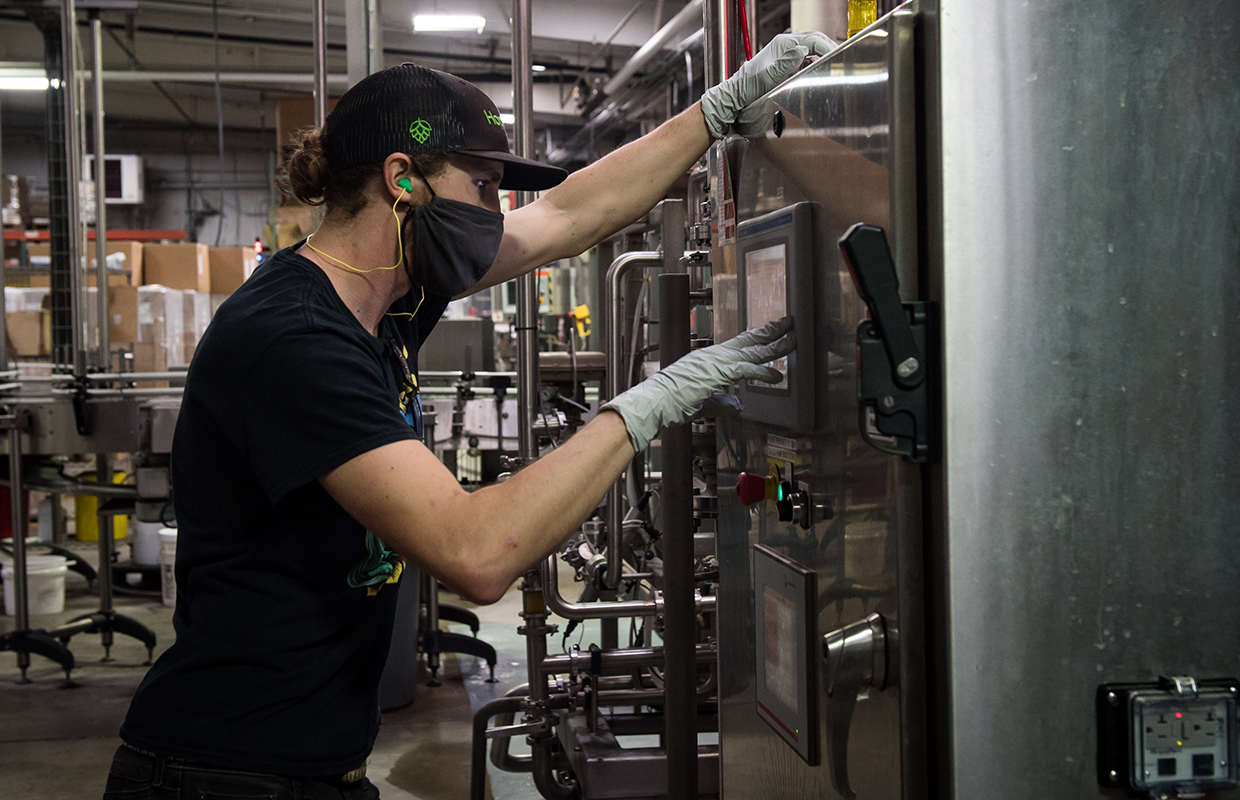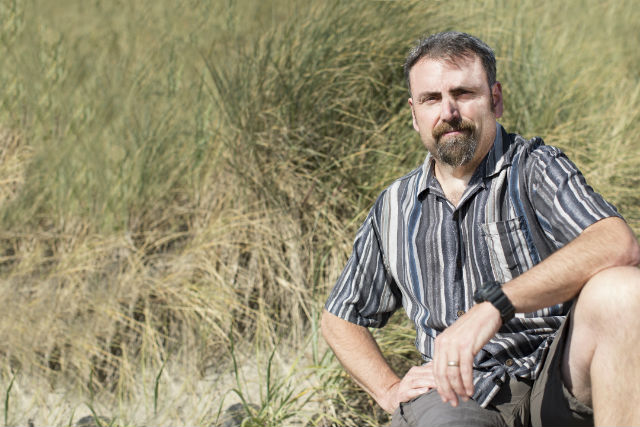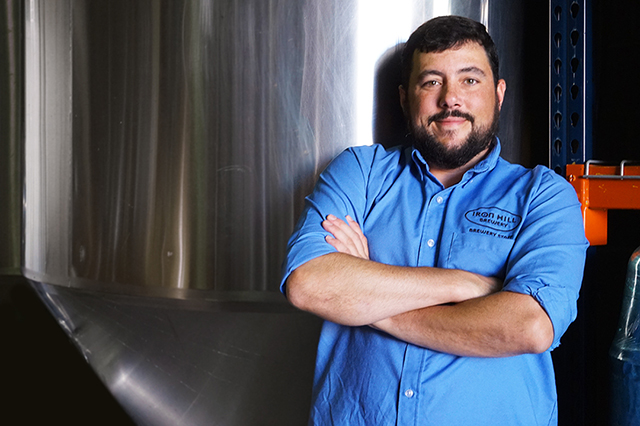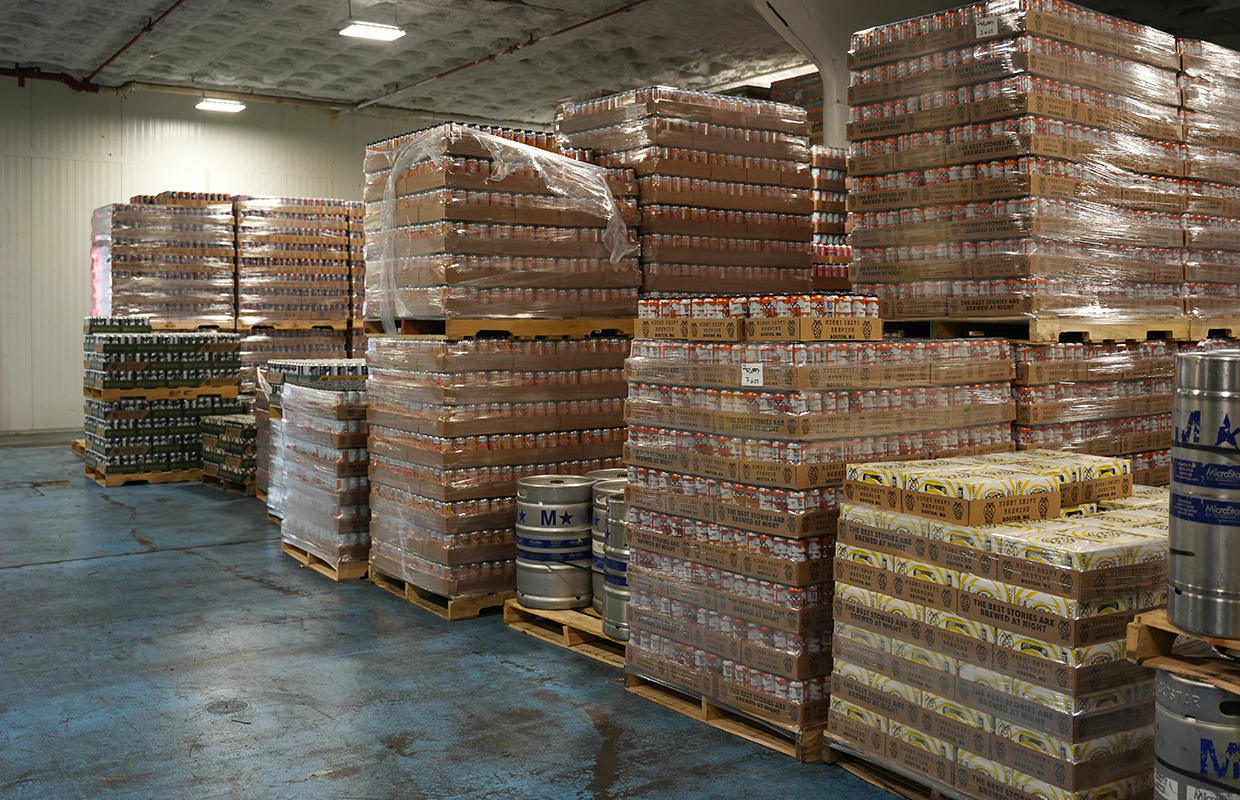
Although shooting out of the gate and creating a ton of growth at the start or soon after opening your brewery sounds like a gangbuster way of creating quick profit, understanding that a slower and controlled growth pattern may be more well suited for your brand in the long run.
Here’s how four breweries are working at not just growing, but staying within a limit that is manageable for it to sustain its growth patterns.
Win Your Backyard
Going into and coming out of COVID-19, AleSmith’s growth strategy has been focused around two things explained by brewery president, Brandon Richards. It is geared toward building and growing the San Diego-based brewery’s off-premise business with key and national off-premise chains, plus building a strong third and fourth brand in the portfolio.
“We’ve also been able to manage our growth strategy with the addition of people, a targeted approach to winning in our own backyard, and a relentless drive for market research to ensure we’re staying on top of industry trends,” Richards said. He pointed out that they have a ‘do it or try it’ mentality in how to approach new things.
One thing that is still a plan in the works that many breweries are seeing growth in at the taproom level is the addition of in-house food service. Although AleSmith has yet to have a food component, it’s still a plan that has legs for a new revenue stream.
Diversify Portfolio … or Not?
The term “beverage company” is bandied about much more now for many craft breweries. One such that is exploring those avenues to find new branches to find growth is Short’s Brewing as CFO Rachel Brege told Brewer the Michigan facility has expanded into new products such as hard teas, canned wine, and, of course, seltzer.
“But our focus and growth still come from beer and cider,” she said. The company launched Starcut Ciders in 2014.
Short’s growth strategy has been to invest in its current markets and portfolio rather than chasing growth further away.
“We certainly feel that we can improve our market position in every state we operate and that such growth can meet our goals,” Brege said.
A bit on the opposite spectrum is Cincinnati’s Urban Artifact. The linear direction led by co-founder Bret Kollmann Baker explained that the brewery is very much in the product strategy of “Get Rich in your Niche.”
“More specifically, it means having a strong focus for your brand and portfolio,” he said. “This will set a firmer expectation in your customers’ minds. For us, anytime a customer thinks of tart fruit beer, we want them thinking of Urban Artifact. Akin to stouts for Guinness or Hefeweizen with Weihenstephaner.
“We want to own the tart fruit beer market. The rest only acts to muddy our brand expectations in the customer’s mind.”
Long Term Planning
The pandemic has been a scary time financially for many, but understanding there will be a chance to grow after a slump is what kept MadTree continuing in both construction of a new Cincinnati facility but also making strategic hires as 2022 nears.
“Planning for the new location began prior to the pandemic and we continued to push forward with securing the deal during the pandemic,” said co-founder Brady Duncan. “While the pandemic has no doubt shifted and scared the hell out of all of us, we believe very strongly in our brand and what we are trying to do as a company — thus it was very important to continue investing in our people and our strategic plan.”
The company has not taken its foot off the gas related to executing its strategy to continue to invest in elevating its brand. During the pandemic, MadTree hired a Strategic Impact Director, which Duncan said is a role with no short-term ROI but it is important long term in creating the kind of brand they want to be.
“As well, we pushed forward with other key roles: Consumer Experience, Programming Manager, Creative Director, and Marketing Project Manager to help us build capacity to tell our story and expand our brand into new spaces,” he said.
Financial Risk Mitigation
For Urban Artifact, it’s been about financial risk mitigation during growth.
“Leveraging contract brewing where it makes sense, using contract packaging options as well,” Baker said. “These tactics free up large amounts of capital that we can then reinvest into our inventory and cash flows as we grow. Further, if demand wanes or we miss projections, it is far easier to just not make a batch of beer with your contract brewer than it is to have tanks sit empty.“
Looking back, Baker said Urban Artifact needed more cash at start-up and they were caught off guard during the first few years of growth as it really hurt tax obligations at the end of the year when all the “profit” was going back into growing inventories and capital improvements and not cash in the bank.
“You are still obligated to pay taxes on this growth,” he said. “In hindsight, duh.“






Be the first to comment